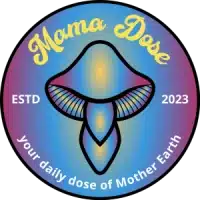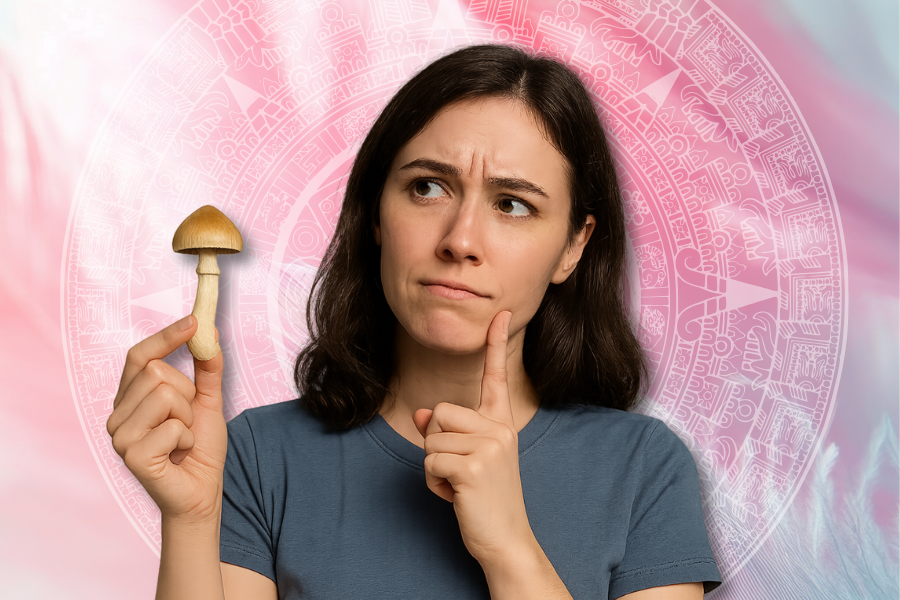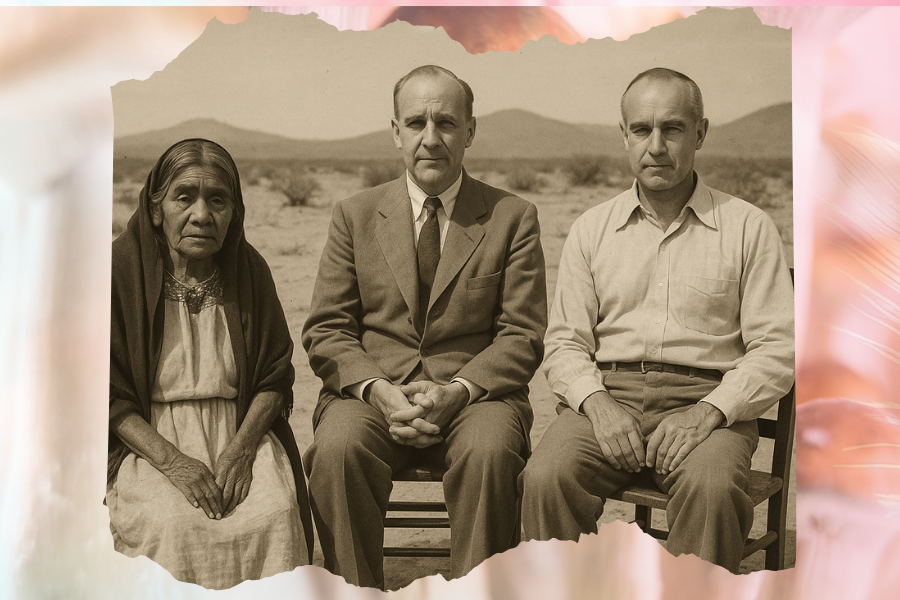

Table of Contents
Toggle
The question about who really discovered magic mushrooms is hard to pinpoint. In the misty highlands of Oaxaca, Mexico, where ancient rituals whisper through the fog-shrouded valleys, a humble Mazatec healer named María Sabina once chanted invocations over sacred fungi that could unlock the doors of perception. But if you’re picturing a lone explorer “discovering” these mind-bending mushrooms like Columbus stumbling upon the Americas, think again.
The story of magic mushrooms that have fueled spiritual quests, scientific breakthroughs, and even modern therapy, isn’t about one eureka moment. It’s much more complex.
Long before any lab coat-clad scientist isolated their active compounds, magic mushrooms were no secret to the world’s indigenous peoples. Archaeological whispers suggest that humans have been communing with these fungi for millennia. Cave paintings in North Africa and Europe, dating back as far as 9,000 BCE, may depict mushroom-like figures, hinting at early psychedelic use. But the most vivid evidence blooms from Mesoamerica, where Aztec shamans revered them as teonanácatl, literally “god’s flesh.” These mushrooms, primarily species like Psilocybe mexicana, were integral to religious and healing ceremonies, offering visions that connected the mortal to the divine. South American Aztec Indians, for instance, incorporated them into rituals that blended spirituality with medicine, treating ailments of the body and soul.
Fast-forward to more recent indigenous traditions: In the remote village of Huautla de Jiménez, María Sabina, a revered Mazatec curandera (healer), had been working with psilocybin mushrooms since she was just seven years old. Born in 1894 into a lineage of shamans, Sabina used the mushrooms, known locally as niños santos or “holy children,” in veladas, all-night ceremonies filled with chants, tobacco smoke, and profound introspection.
She didn’t “discover” them; they were part of her cultural heritage, tools for divination, healing, and communing with ancestors. Sabina’s practice was deeply rooted in Mazatec cosmology, where the mushrooms were seen as living entities with voices of their own. Yet, her story would soon intersect with the West in ways that changed everything, for better and for worse.
Gordon Wasson, a buttoned-up J.P. Morgan banker with an unlikely passion for mycology. Alongside his wife, pediatrician Valentina Pavlovna Wasson, he stepped up on a quest in the 1950s to uncover the “magic” behind hallucinogenic mushrooms. The Wassons weren’t your typical adventurers; they were a nice married couple whose honeymoon sparked a lifelong obsession with fungi after Valentina shared her Russian heritage’s love for wild mushrooms. Their research led them to Mexico in 1955, where they became the first outsiders to participate in a Mazatec mushroom ceremony led by none other than María Sabina.
Wasson promised Sabina anonymity, but in 1957, he shattered that vow with his explosive Life Magazine article, “Seeking the Magic Mushroom.” The piece, complete with vivid photos and firsthand accounts of his psychedelic journey, introduced millions to the wonders of psilocybin.
Suddenly, these ancient sacraments were front-page news, sparking a wave of interest that would fuel the counterculture. Wasson is often credited with “discovering” magic mushrooms for the Western world, but let’s be real, he was more of a bridge-builder (or appropriator, depending on your view) than an originator. His work popularized the term “magic mushrooms” and opened the floodgates for seekers, from rock stars to researchers.
The fallout for Sabina was tragic. Hordes of tourists descended on her village, exploiting her rituals and bringing chaos, arrests, harassment, and even the burning of her home. She later lamented, “From the moment the foreigners arrived, the ‘holy children’ lost their purity.” It’s a stark reminder of how psychedelic history is riddled with cultural extraction, where indigenous knowledge becomes commodified.
No story of magic mushrooms is complete without Albert Hofmann, the Swiss chemist already famous for synthesizing LSD. In 1958, working with samples from Wasson’s Mexican expeditions, Hofmann isolated psilocybin and its derivative psilocin from Psilocybe mexicana. His employer, Sandoz Laboratories, patented the synthesis and began distributing pure psilocybin for research, marking the fungi’s leap from sacred rite to scientific substance.
Hofmann’s work built on Wasson’s fieldwork, creating a symbiotic relationship between ethnography and chemistry. In 1962, Hofmann even returned to Mexico with Wasson to meet Sabina, bridging the worlds further. This era also saw Timothy Leary, inspired by Wasson’s article, travel to Mexico and launch his infamous Harvard Psilocybin Project, catapulting mushrooms into the 1960s psychedelic zeitgeist.

So, who discovered magic mushrooms? If we’re talking origins, credit goes to ancient indigenous cultures whose knowledge predates written history. Evolutionarily, these fungi have been producing psilocybin for about 65 million years, likely as a defense mechanism against predators. In the Western narrative, Wasson, Sabina, and Hofmann form a main trio, though Sabina’s role as the true guardian often gets overshadowed.
Today, as psilocybin therapy gains traction for treating depression, PTSD, and addiction, we’re circling back to those indigenous roots with a newfound respect. Some cities in the US have decriminalized magic mushrooms, and clinical trials are echoing ancient veladas in controlled settings. But let’s not forget the lessons from Sabina’s story: True discovery isn’t about claiming credit; it’s about honoring the source.
Invite your friends and earn a discount on your next purchase. Your friend also earns a discount! Get started now, by sharing your referral link with your friends.
This item is currently out of stock!
By adding it to your cart, you confirm a backorder purchase, and we will ship it as soon as it becomes available.